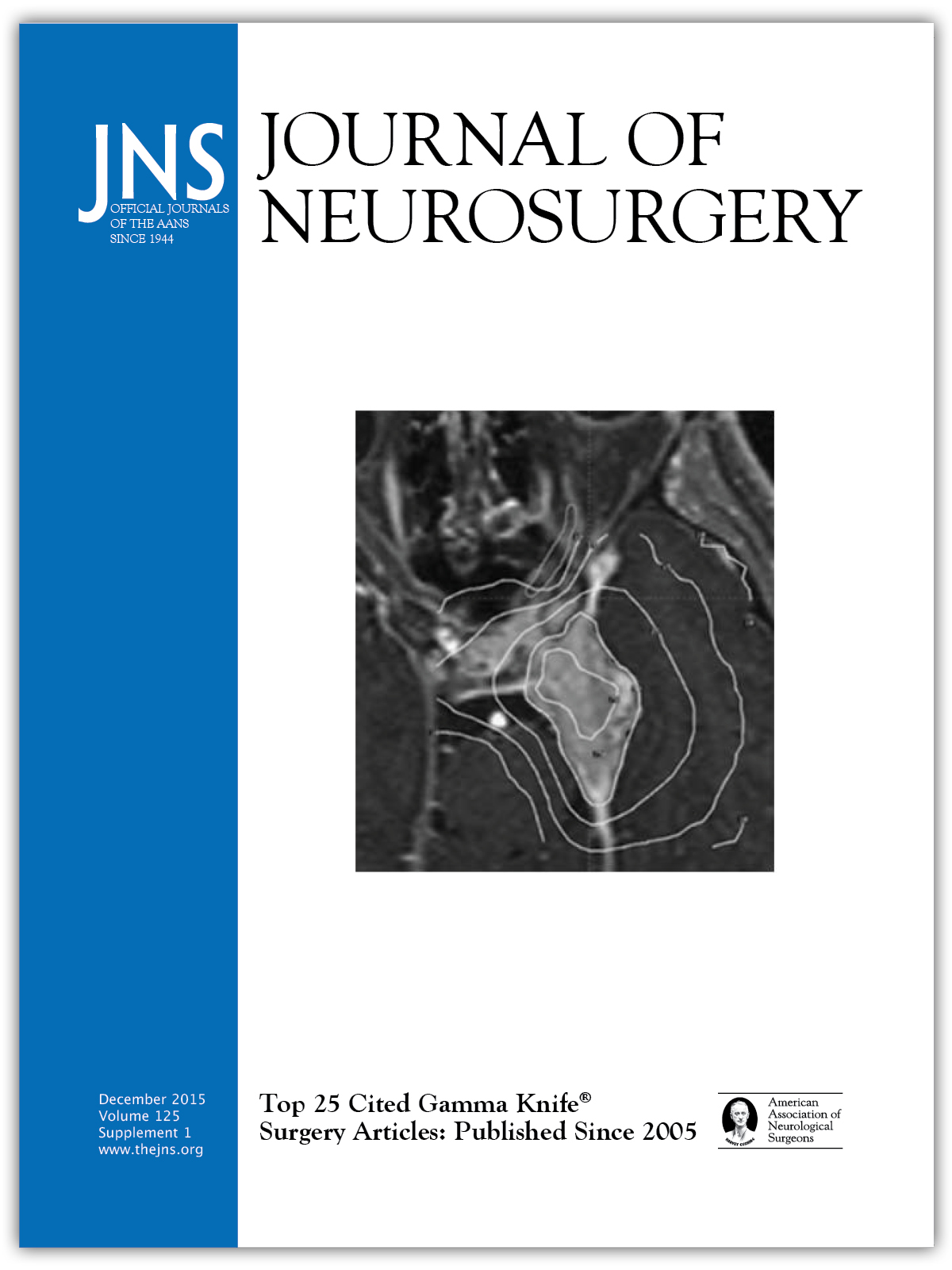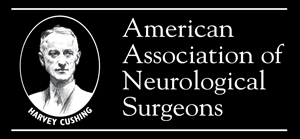Object
The aim of this study was to assess the clinical efficacy of gamma knife surgery (GKS) in the treatment of dural arteriovenous shunts (DAVSs).
开云体育世界杯赔率
From a database of more than 1600 patients with intracranial arteriovenous shunts that had been treated with GKS, the authors retrospectively and prospectively identified 53 patients with 58 DAVSs from the period between 1978 and 2003. Four patients were lost to follow-up evaluation and were excluded from the series. Thus, this study is based on the remaining 49 patients with 52 DAVSs. Thirty-six of the shunts drained into the cortical venous system, either directly or indirectly, and 22 of these were associated with intracranial hemorrhage on patient presentation. The mean prescription radiation dose was 22 Gy (range 10–28 Gy).
All patients underwent a clinical follow-up examination. In 41 cases of DAVS a follow-up angiography study was performed. At the 2-year follow-up visit, 28 cases (68%) had angiographically proven obliteration of the shunt and in another 10 cases (24%) there was significant flow regression. Three shunts remained unchanged.
立即有一个轻微的并发症related to the administration of radiation. Furthermore, one patient had a radiation-induced complication 10 years after treatment, although she recovered completely. There was one posterior fossa bleed 2 months after radiosurgery; a hematoma, as well as a lesion, was evacuated, and the patient recovered uneventfully. A second patient had an asymptomatic occipital hemorrhage approximately 6 months postradiosurgery.
The clinical outcome after GKS was significantly better than that in patients with naturally progressing shunts (p < 0.01, chi-square test); figures on the latter have been reported previously.
Conclusions
Gamma knife surgery is an effective treatment for DAVSs, with a low risk of complications. Major disadvantages of this therapy include the time elapsed before obliteration and the possibility that not all shunts will be obliterated. Cortical venous drainage from a DAVS, a risk factor for intracranial hemorrhage, is therefore a relative contraindication. Consequently, GKS can be used in the treatment of both benign DAVSs with subjectively intolerable bruit and aggressive DAVSs not responsive to endovascular treatment or surgery.



